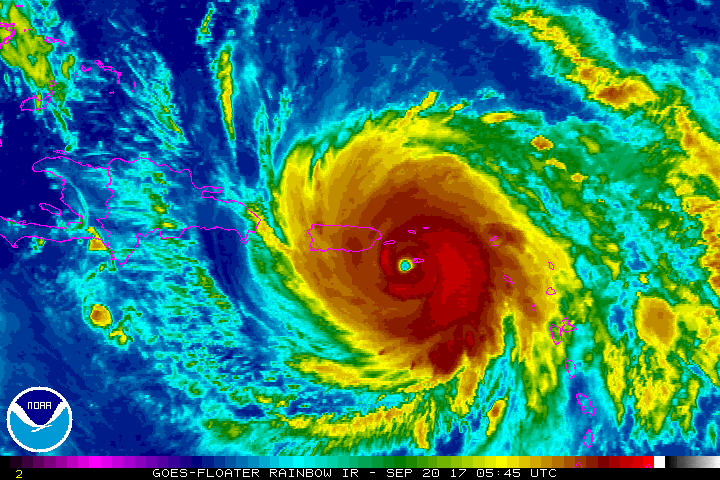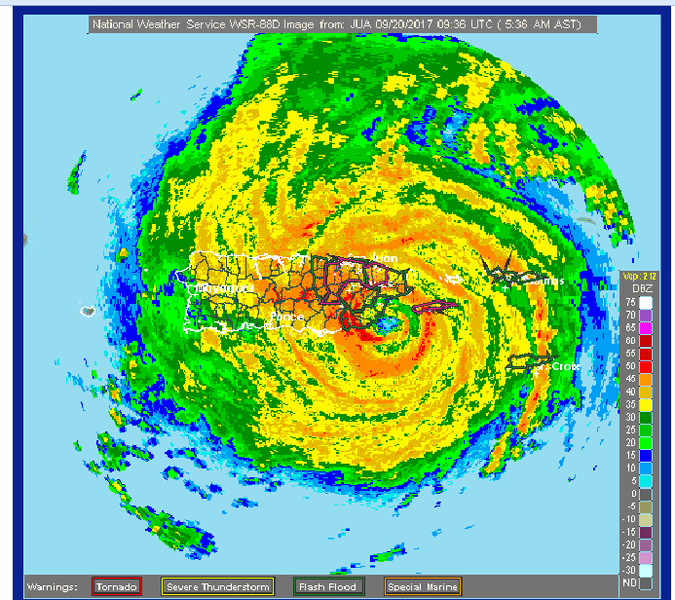Maria adds to what is already a disastrous hurricane season, leaving 3.5 million people without electricity and many of them without a home.

Maria, a Category 4 hurricane, left little in its wake as it charged through Puerto Rico head on, with sustained winds of 140 mph (220 km/h) and high-end winds of 155 mph (250 km/h). Abner Gomez Cortes, executive director of Puerto Rico’s office of emergency management and disaster administration agency said telecommunications throughout the island have “collapsed,” and even electricity has gone down. People are now struggling with backup generators — at least those fortunate enough to have one. At least 12,000 people have been forced to retreat to shelters. It’s unclear how much material damage has been done, as the danger still hasn’t fully passed.
Maria is the strongest hurricane to hit the territory since the 1928 San Felipe hurricane, as well as the most intense hurricane to hit the territory in recorded history. The fact that it comes after Harvey, Irma, and Jose, makes it even harder to overcome.
Puerto Rico Governor Ricardo Rossello sent a message of solidarity, saying that Puerto Rico will survive and rise through all of this.
“God is with us; we are stronger than any hurricane,” Mr Rossello said. “Together we will rise again.”
Rossello said he has asked Donald Trump to declare the US territory a disaster zone. The White House later stated it “continues to direct all necessary Federal resources to protect the people of the United States territories affected by Hurricane Maria”.

So far, one fatality has been reported in Puerto Rico, but the number is expected to increase as flooding follows the intense winds. This is usually the trend: the winds do the material damage and then the floods kick in, threatening to kill even more people. According to the latest death toll, Maria has killed at least nine people: seven in Dominica and two in Guadeloupe. Rains in Puerto Rico were projected at 12 to 18 inches, with as much as 35 inches in isolated areas.
Maria is expected to not hit mainland US, just narrowly avoiding it, but this was another close call. As it goes farther and farther offshore, the storm is expected to gradually lose strength but for now, authorities warn that it’s still extremely dangerous. At this moment, Maria has been downgraded to a Category 2 hurricane, but meteorologists warn that it could still pick up in strength.



